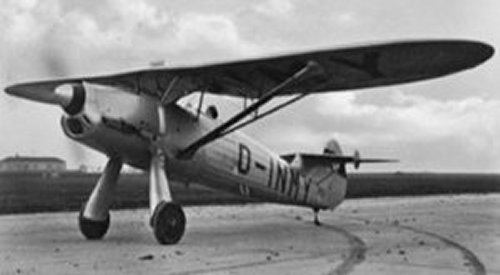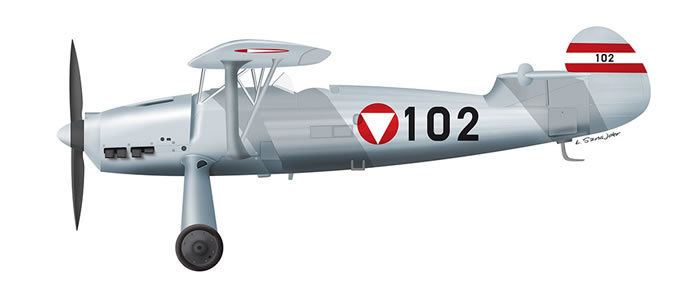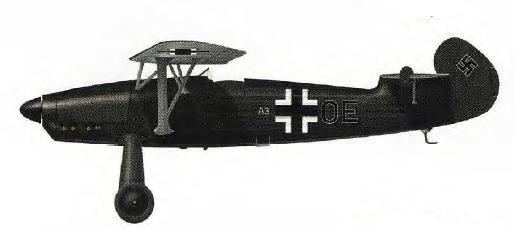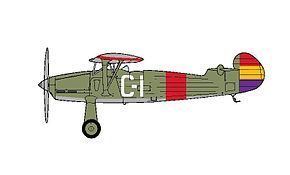Top speed 278 km/h Length 7.6 m Designer Kurt Tank | Wingspan 10 m Manufacturer Focke-Wulf | |
 | ||
World of warplanes focke wulf fw 56 stosser
The Focke Wulf Fw 56 Stösser (German : goshawk) was a single-engine, high-wing monoplane advanced trainer, built in the 1930s in Germany.
Contents
- World of warplanes focke wulf fw 56 stosser
- World of warplanes focke wulf fw 56 st sser ace
- Development
- Design
- Variants
- Operators
- Specifications Fw 56A 1
- References

World of warplanes focke wulf fw 56 st sser ace
Development
It was developed, in accordance with a request by the Reich Air Ministry for an advanced fighter trainer, by Kurt Tank, chief engineer with Focke-Wulf. It was also considered for possible use as a home defence fighter.

The first prototype flew for the first time in November 1933. A second prototype had some modifications made to the fuselage, and metal rather than wooden wings for flight testing. The third prototype, which flew in February 1934, reverted to the wooden wing and satisfied the technical designers.

After comparison flights in 1935 against its two competitors - the Arado Ar 76 and the Heinkel He 74 - the Air Ministry ordered production to begin. About 1,000 aircraft were built, mostly used by Germany, though numbers were used by Austria and Hungary. A few were sold for private use, for instance to Gerd Achgelis, who later founded the helicopter company Focke-Achgelis with Henrich Focke.

Ernst Udet, an advocate of the use of dive bombers, tested the second prototype - Fw 56 V2 - in this role, and on his recommendation the development of dive bombers was given greater attention.
Design

The Fw 56 was a high-wing aircraft with a fuselage of steel tubes, clad in metal at the front, and canvas elsewhere. The wing was of wood, clad mostly in plywood, while the trailing edge was covered with fabric. The three-point undercarriage was fixed and possessed a tail skid.
Variants
Operators
Specifications (Fw 56A-1)
Data from Die Deutsche Luftrüstung 1933-1945
General characteristics
Performance
Armament
